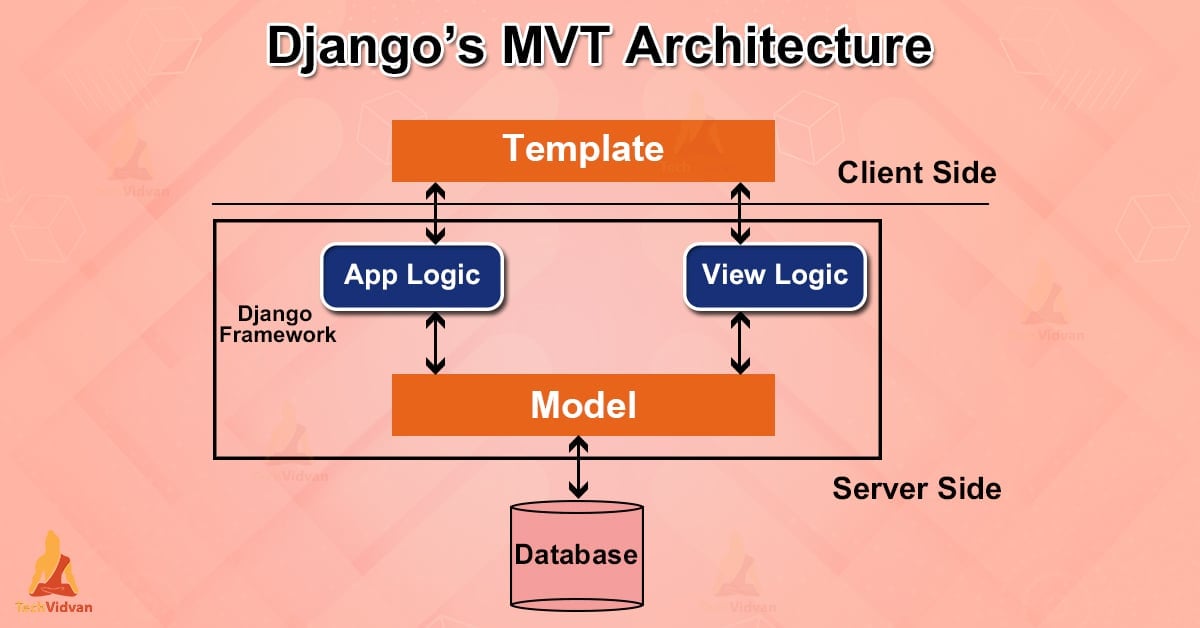Look, I've been building web apps for 8 years now, and I've seen enough frameworks come and go to know when something actually works. Django isn't just another Python web framework - it's the one that lets you sleep at night because it handles the boring security vulnerabilities and database migrations without breaking everything.
Why Django Actually Matters
Started in 2003 at Lawrence Journal-World newspaper because some developers got tired of rebuilding the same auth system for every goddamn project. The original creators - Adrian Holovaty and Simon Willison - released it as open source in 2005 and it's been solid ever since.
As of August 2025, Django powers Instagram's 2+ billion users, Pinterest's billion-pin ecosystem, Spotify's recommendation engine, Mozilla's developer network, Dropbox's file-sharing infrastructure, and NASA's mission control systems. That's not marketing bullshit - these are production systems handling millions of concurrent users daily.
Here's why you should care:
Admin interface that doesn't make you want to cry: Most frameworks give you jack shit for admin. Django gives you a full CRUD interface that works out of the box. I've saved 40+ hours on every project just using
python manage.py createsuperuser. The admin interface handles permissions, filtering, and bulk operations without writing custom views.ORM that handles the edge cases: Try doing complex queries in Flask's SQLAlchemy and you'll spend 3 hours debugging N+1 problems. Django's ORM isn't perfect, but it handles `select_related()` and `prefetch_related()` properly. The QuerySet API actually prevents most performance issues if you use it correctly.
Security that actually works: CSRF protection, SQL injection prevention, XSS filtering - all enabled by default. I learned this the hard way when a client's Flask app got owned because I forgot to sanitize one fucking input field. Django's security features are documented in detail and follow OWASP recommendations.

The Architecture (MVT Not MVC)
Django uses Model-View-Template, not Model-View-Controller. Same concept, different naming that confuses everyone for 5 minutes:
- Model: Your database schema. Changes here require `python manage.py makemigrations` or you'll get `django.db.utils.OperationalError: no such column` errors. The Django model layer handles field types, relationships, and constraints.
- View: Business logic. This is where you'll spend 80% of your debugging time. Function-based views or class-based views handle HTTP requests and return responses.
- Template: HTML with Django's template syntax. Less powerful than Jinja2 but more secure by default with automatic HTML escaping and built-in filters.

Django 5.2.5 (Current LTS) - What Actually Changed
As of August 2025, Django 5.2.5 is the version you want. Here's what matters:
Composite Primary Keys: Finally! You can do [multi-field primary keys](https://docs.djangoproject.com/en/5.2/topics/db/models/#composite-primary-keys) without hacky workarounds. Took them 20 fucking years but whatever. The [release notes](https://docs.djangoproject.com/en/5.2/releases/5.0/#composite-primary-keys) explain the implementation details.
Before Django 5.0, you'd create a separate id field even when you had natural composite keys, leading to redundant data and confused foreign key relationships. Now you can properly model business relationships:
class BookEdition(models.Model):
isbn = models.CharField(max_length=13)
edition = models.IntegerField()
title = models.CharField(max_length=200)
class Meta:
constraints = [
models.UniqueConstraint(fields=['isbn', 'edition'], name='book_edition_pk')
]
## Foreign keys now work as expected
class Review(models.Model):
book_edition = models.ForeignKey(BookEdition, on_delete=models.CASCADE,
to_field=('isbn', 'edition'))
reviewer = models.CharField(max_length=100)
rating = models.IntegerField()
This eliminates the need for `unique_together` hacks and makes your database schema actually match your domain model. I spent way too many hours explaining why the Review table needed both a book_id and separate isbn/edition fields.
Async Support: Still half-baked compared to [FastAPI](https://fastapi.tiangolo.com/async/), but you can now do [async def views](https://docs.djangoproject.com/en/5.2/topics/async/#async-views) without everything exploding. Just remember: mixing sync and async database calls will deadlock your app. I learned this debugging a 30-second timeout in production. The [async documentation](https://docs.djangoproject.com/en/5.2/topics/async/) covers the gotchas, and there's a great [Stack Overflow thread](https://stackoverflow.com/questions/64798573/how-to-use-async-views-in-django) about implementation patterns.
Python 3.10-3.13: Supports [modern Python versions](https://docs.djangoproject.com/en/5.2/faq/install/#what-python-version-can-i-use-with-django). If you're still on Python 3.8, upgrade your shit - you're missing [pattern matching](https://peps.python.org/pep-0634/) and [better error messages](https://docs.python.org/3/whatsnew/3.10.html#better-error-messages). Check the [Django compatibility matrix](https://docs.djangoproject.com/en/5.2/faq/install/#what-python-version-can-i-use-with-django) for supported versions.
LTS until April 2028: [Security patches](https://docs.djangoproject.com/en/5.2/internals/release-process/#long-term-support-lts-releases) for 3 years. Corporate environments love this because they can budget upgrade cycles properly. The [Django release schedule](https://docs.djangoproject.com/en/dev/internals/release-process/#release-cycle) is predictable and documented.
The real win? Django still doesn't break backward compatibility like React or Angular do every 6 months. Your Django 2.2 app will still work on 5.2 with minimal changes following the upgrade guide.
The Bottom Line: Why Django Still Wins in 2025
After 20 years, Django remains the framework you choose when you need to ship reliable software quickly without cutting corners on security or maintainability. It's not the fastest framework, and it's definitely not the flashiest - but it's the one that lets experienced developers focus on business logic instead of rebuilding authentication systems for the thousandth time.
Django is for developers who:
- Need to ship production-ready applications in weeks, not months
- Care about long-term maintainability over short-term performance gains
- Want built-in security that passes compliance audits
- Value having one less thing to break at 3 AM
The Django community isn't going anywhere, the ecosystem is mature, and the documentation is still the gold standard for open source projects. In 2025, that stability and predictability are features, not bugs.



